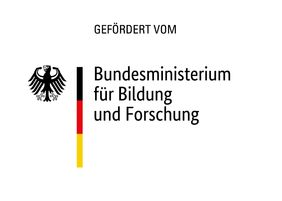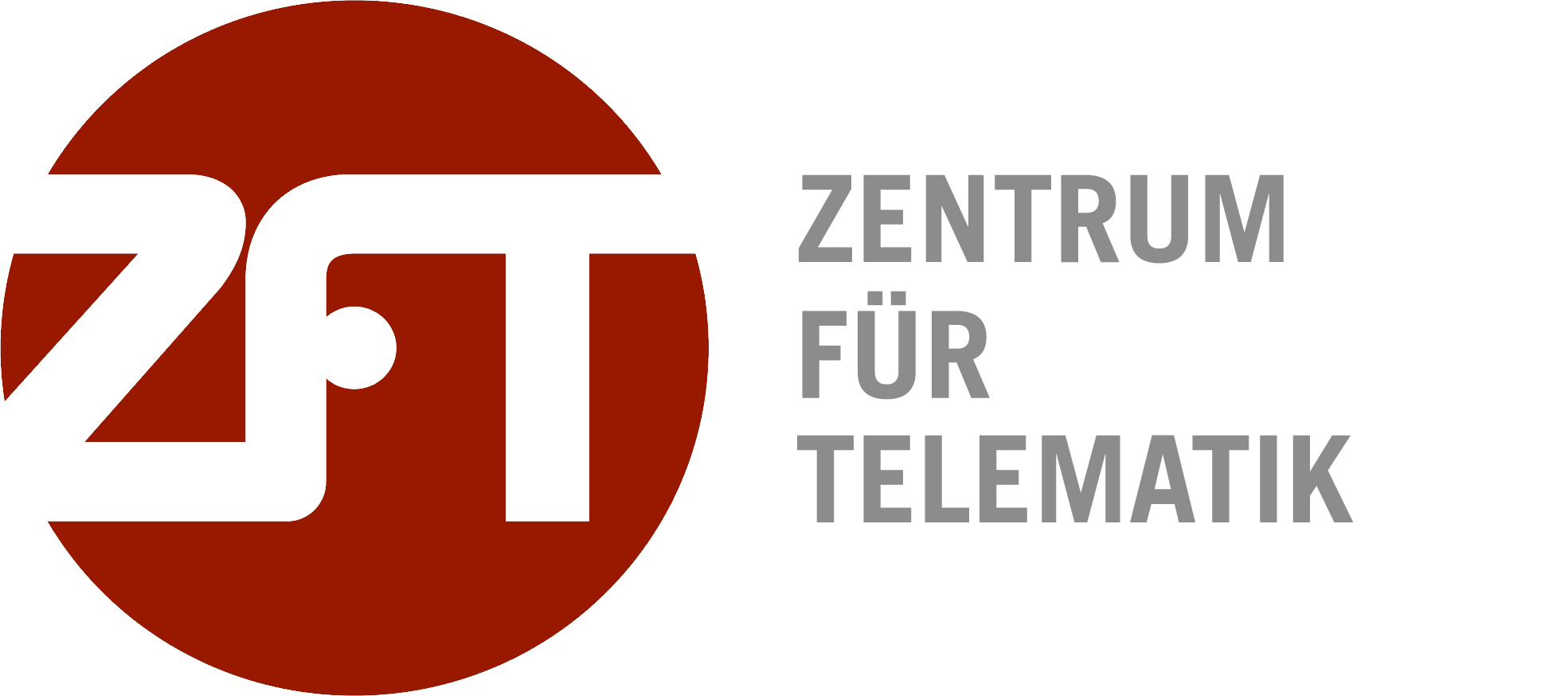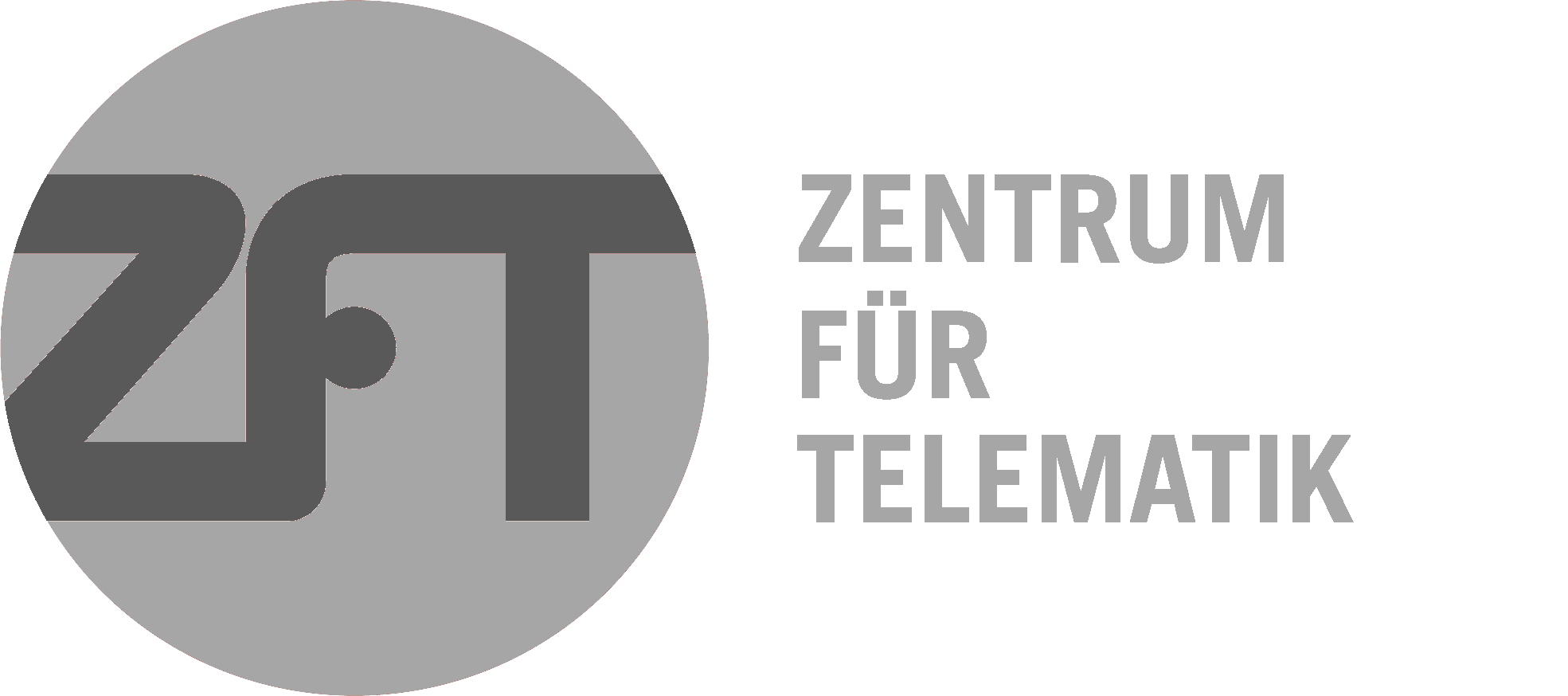Breakthrough on the way to quantum key distribution
02.05.2025

QUBE Mission: High-Precision Attitude Control for Optical Communication Link
Würzburg, May 2, 2025 – Laser links between small satellites and optical ground stations raise challenges for high precision attitude control. A major technology breakthrough for the domain of nano-satellites was achieved in the QUBE mission of the Center for Telematics (ZfT): The satellite of the size of a shoebox with mass of 3.5 kg proves the capability of stable laser links to the optical antenna dish of the ground station, despite the technical challenges of precision alignment.
Challenges of Attitude Control and Optical Alignment
Aligning the laser with the optical ground station of the German Aerospace Center (DLR) in Oberpfaffenhofen was one of the mission’s greatest space technology challenges. The QUBE satellite’s attitude control system had to operate with precision to ensure a stable connection. After extensive testing and adjustments, the mission achieved an pointing accuracy of below one degree, marking a crucial milestone for conducting quantum communication experiments.
A Collaborative Success Through Strong Partnerships
The QUBE mission is the result of close collaboration between leading research institutions and universities. In addition to the ZfT, with responsibility for the satellite, and the German Aerospace Center (DLR-IKN) contributing the optical link, key contributors in quantum technologies are the Friedrich-Alexander University Erlangen-Nuremberg (FAU), the Max Planck Institute for the Physics of Light (MPL), and Ludwig Maximilian University of Munich (LMU).
These partners have played a vital role in advancing quantum communication, free-space optical transmission, and satellite control technologies for the QUBE mission. The QUBE satellite continues with in-orbit experiments to characterize and further optimize Quantum technologies for future secure communication. We are looking forward to use the optical link to evaluate and improve our fine-pointing strategies in the planned experiments.
We extend our sincere gratitude to all involved for their invaluable support and dedication, which made this technological breakthrough possible.
Funding
 We would like to thank the Federal Ministry of Education and Research (BMBF) for funding the project.
We would like to thank the Federal Ministry of Education and Research (BMBF) for funding the project.



